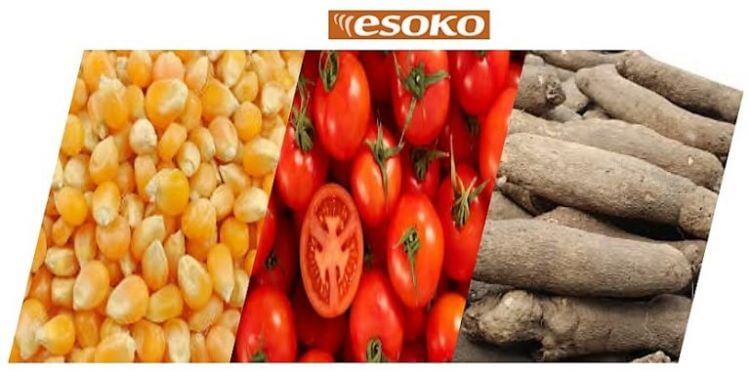All things being equal, most food prices in Ghana are expected to drop because of the harvesting of most crops, which should increase supply in the markets.
According to Esoko, commodities dipped in prices, for the month of July. There was a sharp decrease in the price of a crate of tomatoes, it lost 31.75% from the previous price of GHS 713.33 to close the month at GHS 486.83. Cassava fresh tuber also dipped by 6.41% to close at GHS 73.00 per bag with Gari losing 5.49% to close at GHS 196.71.
Maize lost 1.90 percent to close at GHS 162.14 per bag. Local rice lost 1.84% to close at GHS 327.43 per bag with Soya losing 1.55% to close at GHS 235.57 per bag. Groundnut also lost 1.14% to close at GHS 563.57 per bag.
Although there were decreases in prices, some commodities increased in prices. Cowpea white gained 1.82% to close at GHS 375.43 per bag with Wheat also making a gain of 0.85% to close at GHS 308.60 per bag. Imported rice made a gain of 0.80% to close at GHS 352.80 per bag. Millet and Pona both made marginal gains of less than 0.20%.
CROP ANALYSIS

Maize
The average price for a bag of maize dropped 1.90% to close the month at GHS 162.14. Takoradi recorded the highest price of GHS 220 with the lowest price of GHS 105 at Bawku.
Rice Local
The average price for a bag of local rice dropped 1.84% to close the month at GHS 327.43. Accra recorded the highest price of GHS 407, with the lowest price of GHS 260 recorded at Tamale.
ALSO READ: 6 foreign food Brands that have invaded Ghana
Tomato
A crate of tomato dropped by 31.75% on average to close the month at GHS 486.83. Dambai recorded the highest price of GHS 800 while Kumasi recorded and the lowest price of GHS 300.
Food prices in Ghana are therefore generally expected to be lower in August than in previous months.
Data Source: Esoko






